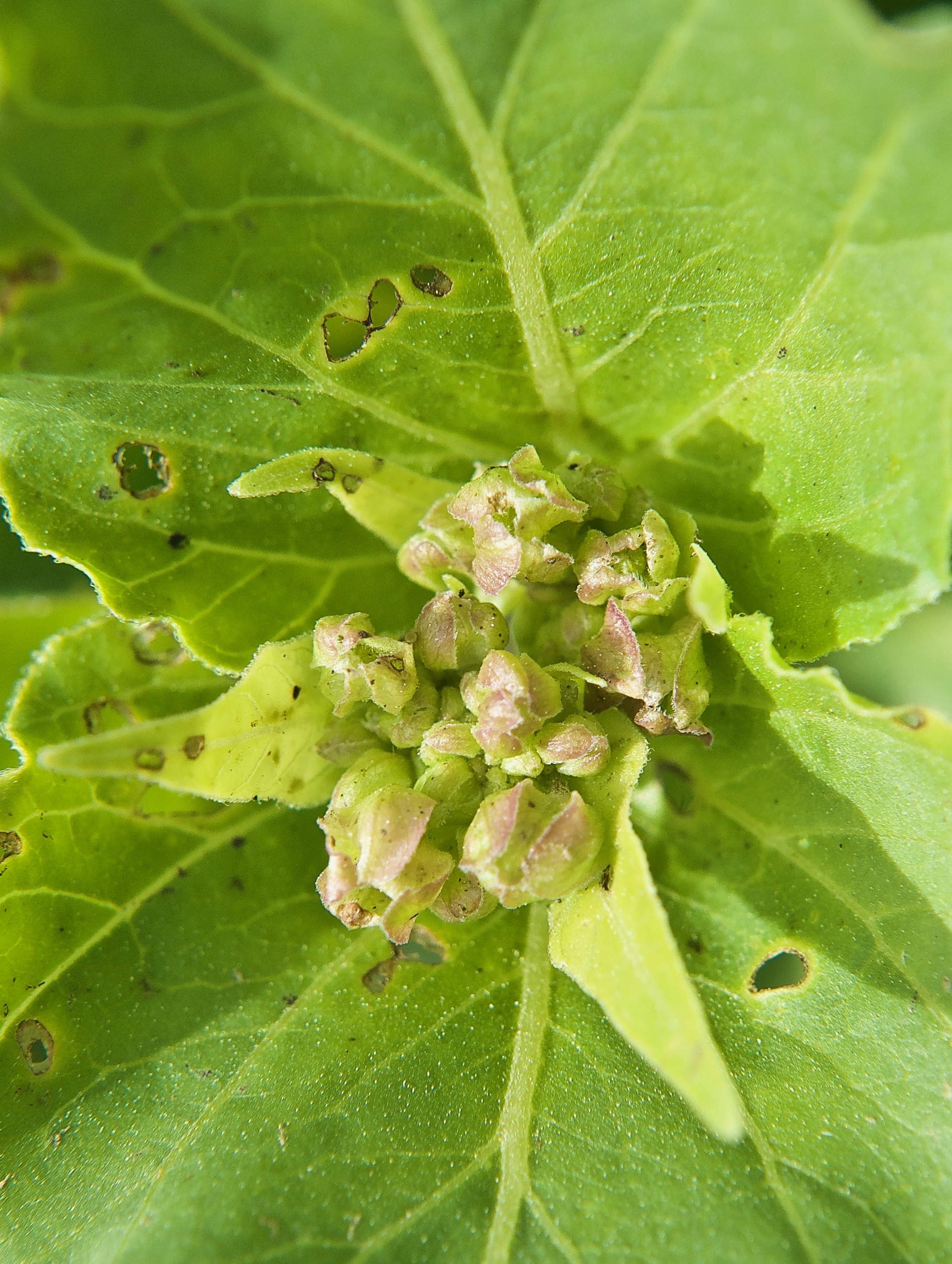This plant is the perfect example of why you should not trust me, or me others. I previously called this a Wing-Fruited Verbena because I found this exact plant on what looked to be a trusted site–and usually is–and took the name without question. I nod to it familiarly every September as it flourishes in my neighborhood. I like to know the plants and say “That’s my old friend Wing-Fruited.” Then it struck me that it did not resemble other verbenas at all. I couldn’t find it in Weber’s Colorado Flora of the Eastern Slope, the botanist’s bible and panicked. My pictures appeared on a Google search, pretty, but utterly wrong. Bad Information. Beware! After harassing three professional botanists, or near-professional, Jennifer Ackerfield of CSU put me on the correct course. Now I had to learn to call it a Linearleaf Four O’Clock, not a very pleasing common name, so I searched a Canadian website and found the name “Umbrellawort,” which I much prefer. The bracts look somewhat like tiny umbrellas and “wort” is Old English for “flower.” So Umbrellawort it is.
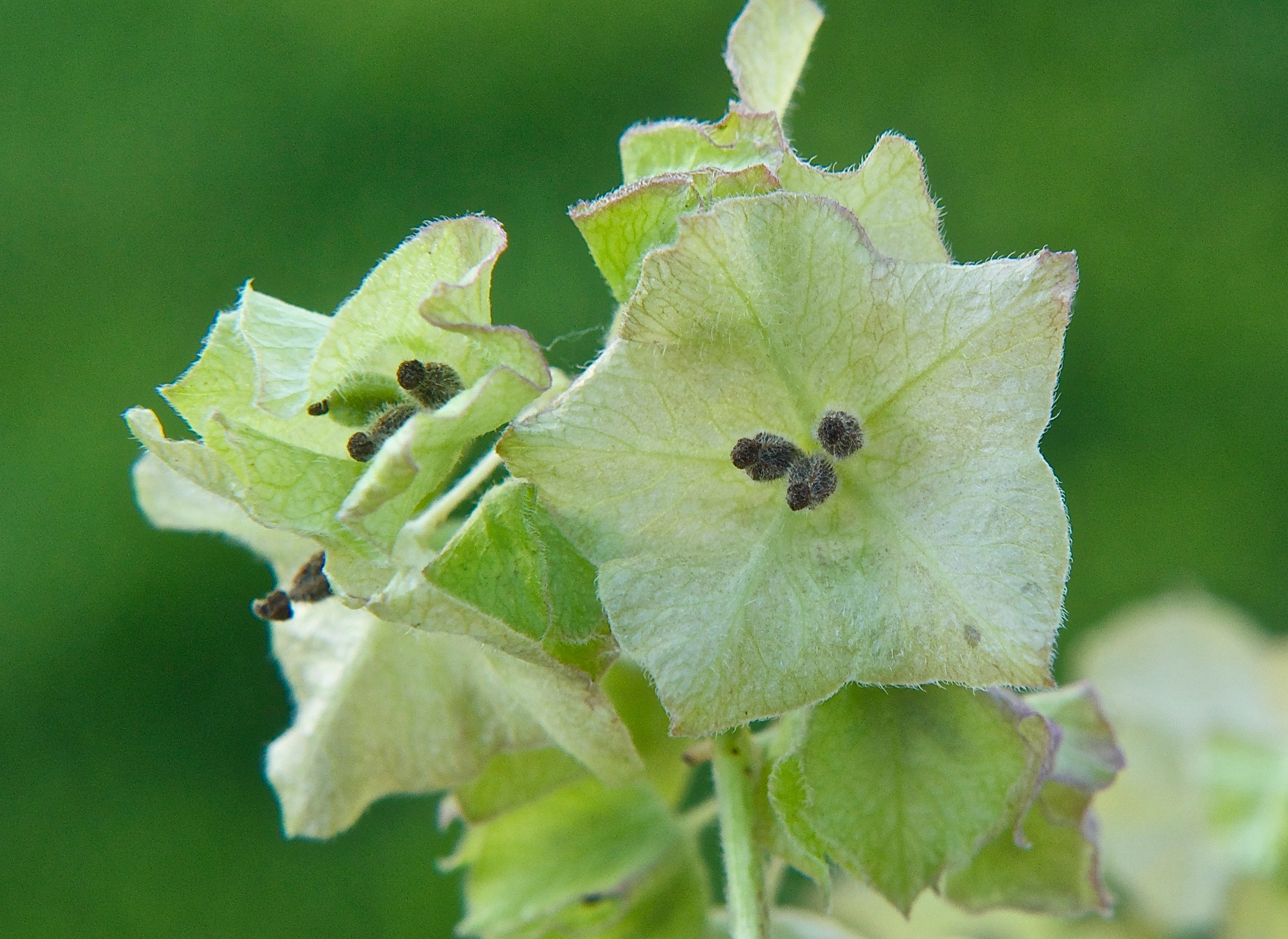
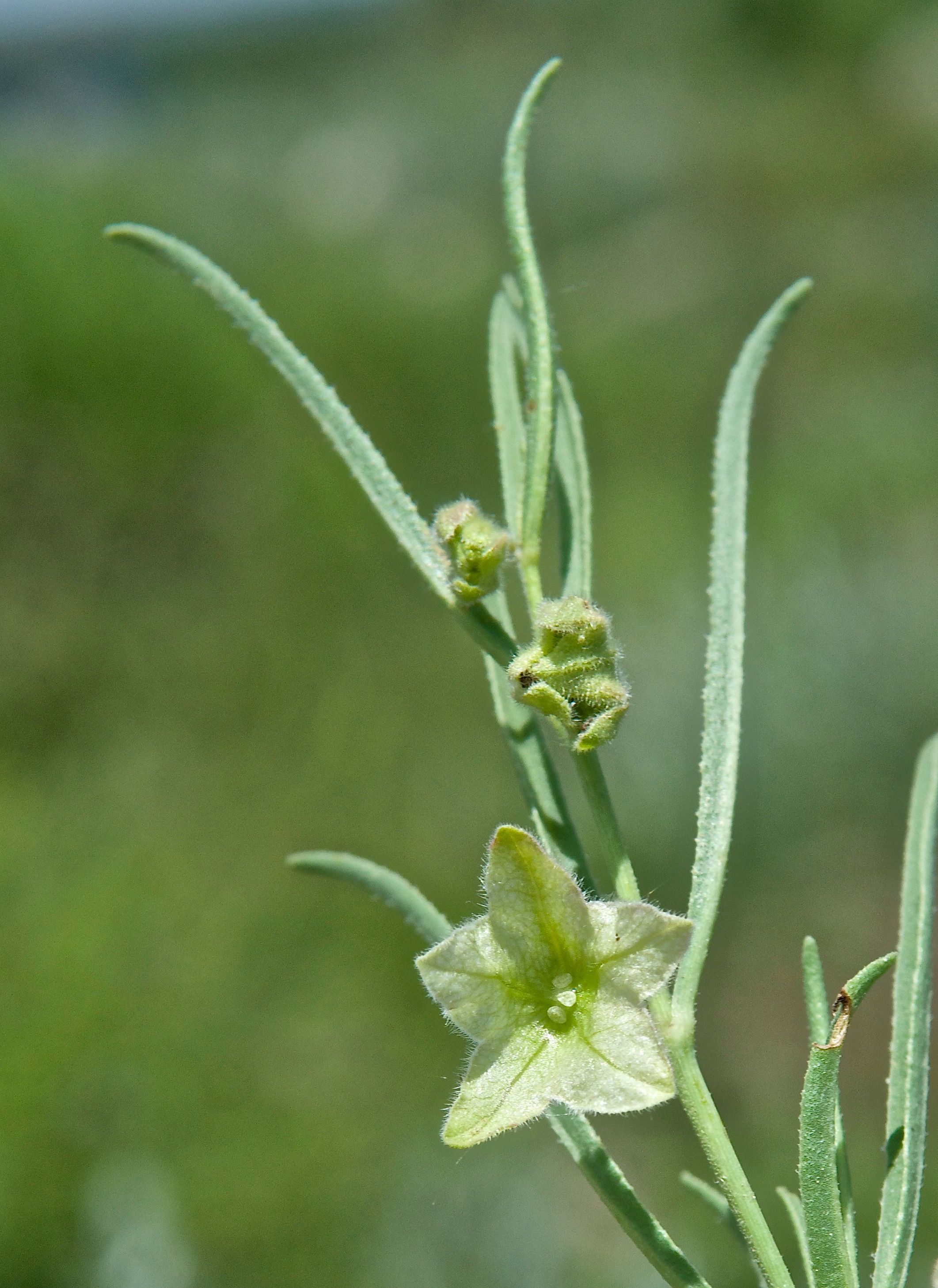
As with the Christmas poinsettia, what you see here are not petals. Those are bracts surrounding the plant’s fruit.
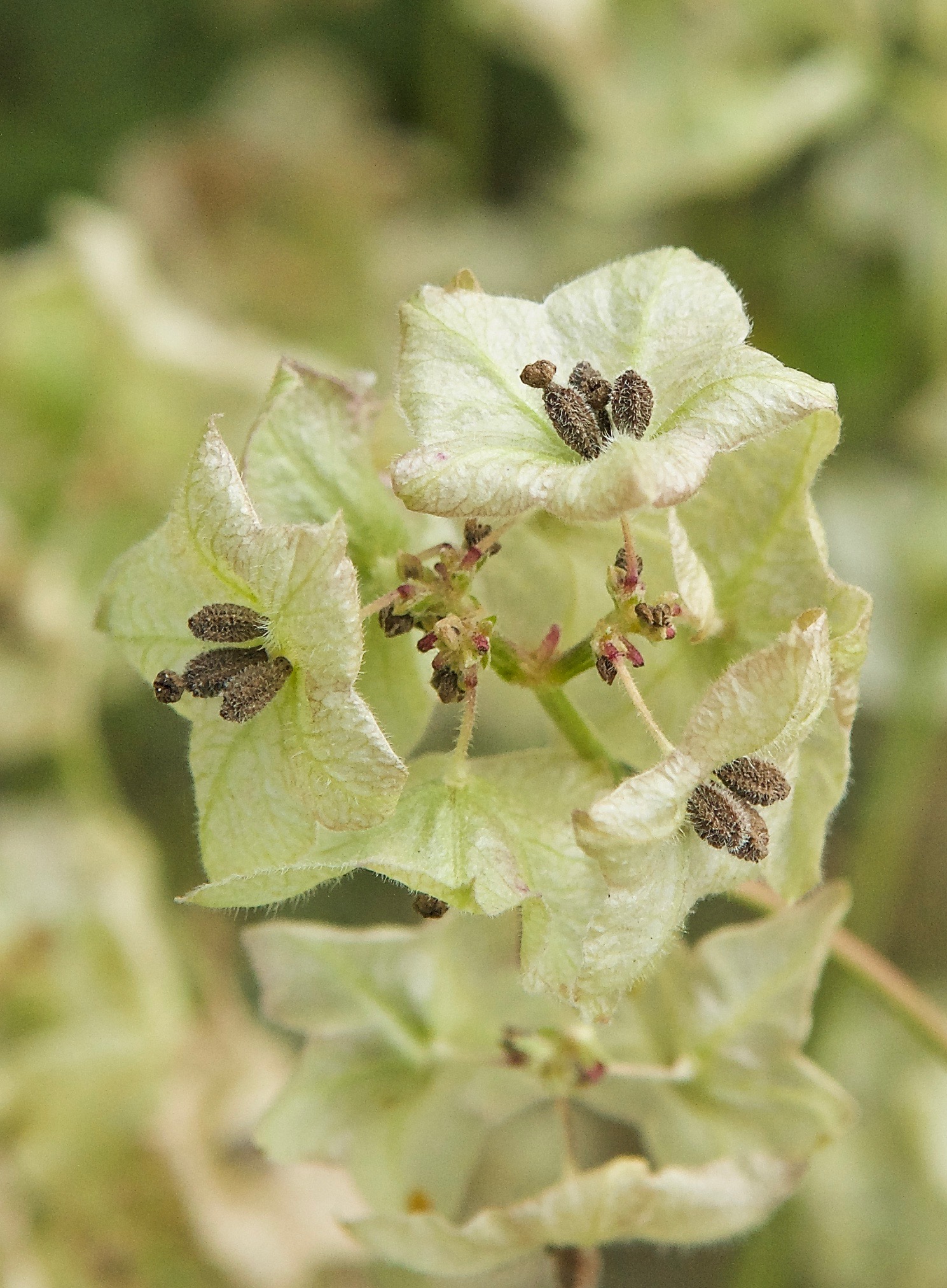
Here it is in September in Sterling’s Country Club Hills, near my home.
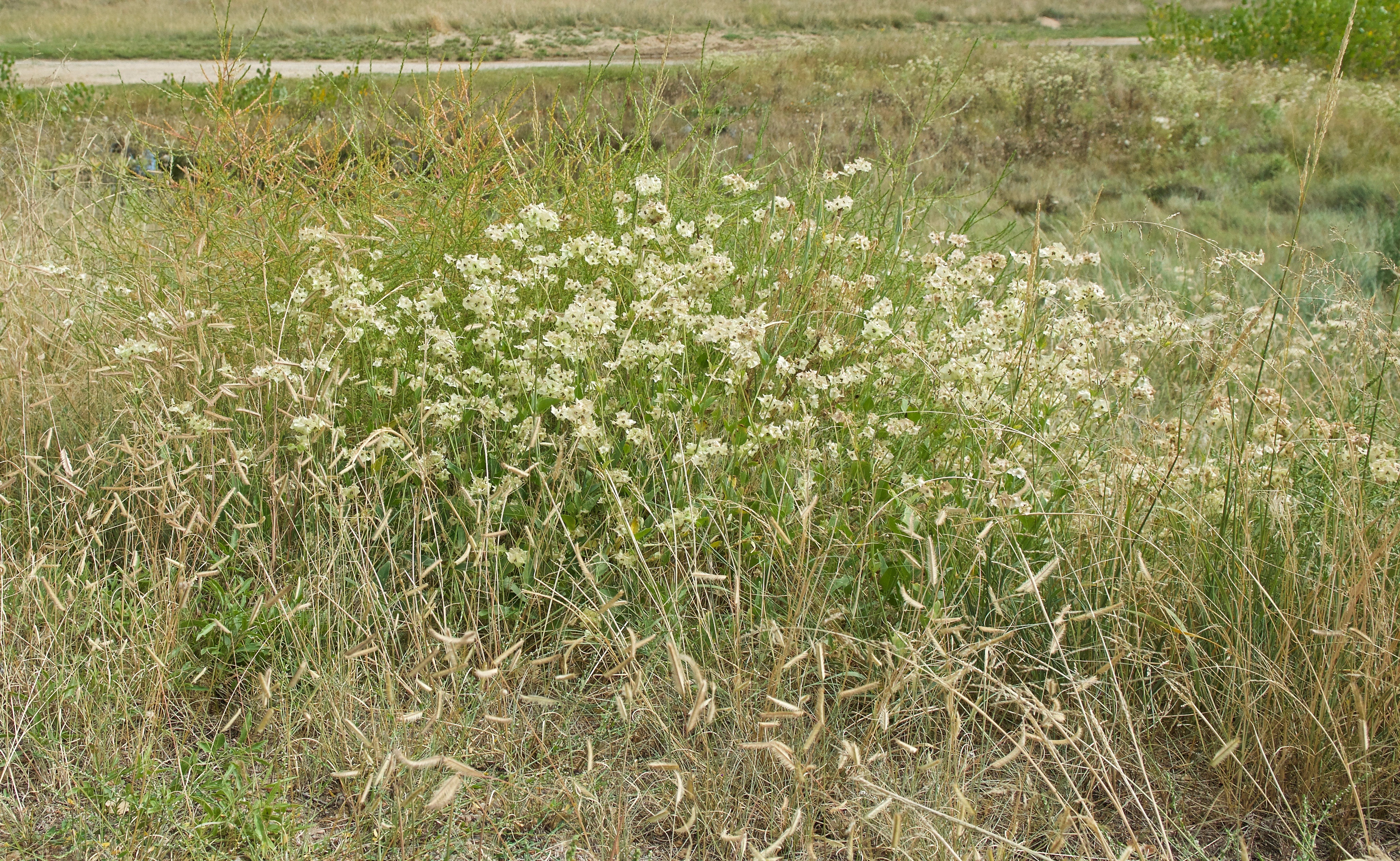
And the surprise? This, below, is the flower, and they are open. The bracts, as with poinsettia, are the show.
